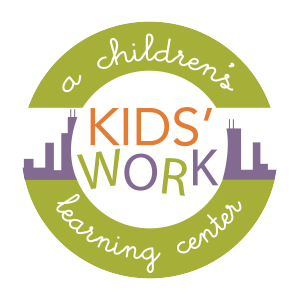If you’re a parent, you’ve probably heard a lot of the buzz about vaccinations in the past few years. The array of diseases and vaccines can be confusing or overwhelming to new parents, but many daycare centers and schools will not admit children who have not been vaccinated, or aren’t planned to be, so it’s an issue that is certainly important to know about.
Here are some of the different types of vaccines for children from birth-6 years of age, and some basic information about the preventable diseases the vaccines are designed to help guard against.
-
Chickenpox
Chickenpox is an extremely contagious disease, caught through the air or by direct contact, that causes a blister-like rash, itching, tiredness, and fever. It can spread all over your child’s body and cause hundreds of itchy blisters that will last usually around 5-10 days. It’s not a pleasant disease but it’s very common and many people will have it once (but usually only once) in their lives. The Varicella vaccine protects against chickenpox.
Complications from chickenpox can include: blisters that get infected, bleeding disorders, swelling of the brain.
-
Hepatitis A
“Hepatitis” means inflammation of the liver, and Hepatitis A is a highly contagious liver disease that results from coming into direct contact with the virus, often through objects (like toys or classroom surfaces), food or water that is contaminated with even microscopic amounts of fecal matter containing the virus from an infected person. It may result in a few weeks to a few months of illness. Most adults will experience symptoms (fever, stomach pain, loss of appetite, fatigue, vomiting, jaundice, dark urine), however most children will not, or will have an unrecognized infection, and can unknowingly spread the disease to many others, which is why teaching good hygiene is so important. The best way to protect against hepatitis A is to be vaccinated. The HepA vaccine protects against hepatitis A.
Complications from Hepatitis A can include: liver failure, joint pain, kidney, pancreatic, and blood disorders.
-
Hepatitis B
Hepatitis B is also a liver infection, but is transmitted when the blood or body fluids from an infected person enters another person’s body – sexual contact, needles, syringes, or going from the mother to the baby at birth are possible ways of transmission. An infected person may have no symptoms, or may experience symptoms such as fever, headache, weakness, vomiting, jaundice, and joint pain. Some hepatitis B infections will be a short illness, but it can be a long-term, chronic infection for others – especially those infected as infants. The best way to protect against hepatitis B is to be vaccinated. The HepB vaccine protects against hepatitis B.
Complications from Chronic Hepatitis B can lead to serious health issues, including: cirrhosis, liver cancer, and liver failure.
-
Haemophilus Influenzae Type b (Hib)
Hib is a serious bacterial disease that usually hits kids under 5 who are exposed to other kids or adults – who may have and spread the bacteria without even knowing it – by either air or direct contact. The Hib vaccine protects against Haemophilus Influenzae Type b.
There may be no symptoms if the bacteria remains in the nose or throat, but if the germs get into the lungs or bloodstream, complications from Hib can cause: bacterial meningitis, which is an infection of the lining of the brain and spinal cord), brain damage/intellectual disability, deafness, pneumonia, severe swelling in the throat, making it hard to breathe, infections of the blood, joints, bones, and covering of the heart, and death.
For information from the Center for Disease Control (CDC) on the appropriate scheduling of these vaccinations and others, please visit: http://www.cdc.gov/vaccines/schedules/downloads/child/0-18yrs-schedule.pdf
This list will be continued in Part 2 of our series.




